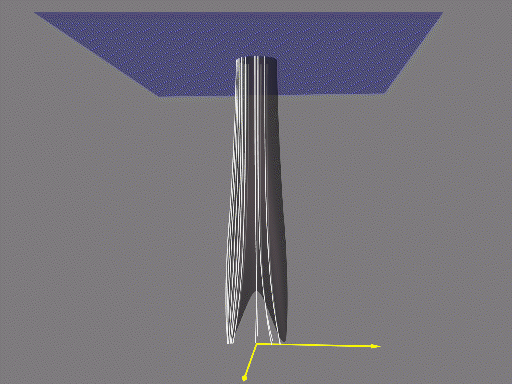
Project Overview
The Binary Black Hole Grand Challenge project is a collaboration between Numerical Relativists and Computer Scientists at eight institutions. The goal of this grand challenge is to solve the problem of the 3D spiraling coalescence of two black holes. The overall project is divided into several components each of which is worked on by each institution or a group of institutions. Each of these components deals with various aspects of the project. The following is a breakdown:
Computer Science Products
- Interface Definition
- Scientist Tools
- Data Structures
- Parallel Implementations
- Adaptive Multilevel Support
- Template Code Writer
- Descriptor Language
- File Transfer Protocols
Computational Science (Relativity) Products
- Initial Data Codes
- 2-D Spacelike Codes
- 2-D Null Codes
- 3-D Spacelike Codes
- 3-D Null Codes
- Spacelike-Null interface
- Adaptive Multilevel 3-D Codes
Organizational Products
- MOU
- Phone
- Meetings
- Advisory Committee
- Cognizant Scientists
- Software Librarian
- Newsletter
- Net Phone
- Net Video
- Mosaic
Physics Support
- Wave Extraction
- Perturbation Theory
- Comparison to PPN Data.
- Boundary Layers
- High Accuracy Wave Prediction
The following links will provide more details and related information
- Binary Black Hole Grand Challenge Alliance (Participating Institutions)
- Characteristic Null Evolutions
- Computational Toolkit for Numerical Relativity and Data Structures
- Related Information on LIGO (LIGO Home Page)
Supported by NSF ASC/PHY 9318152 (ARPA supplemented)
Scott Klasky
Wed Feb 28 10:19:33 EST 1996